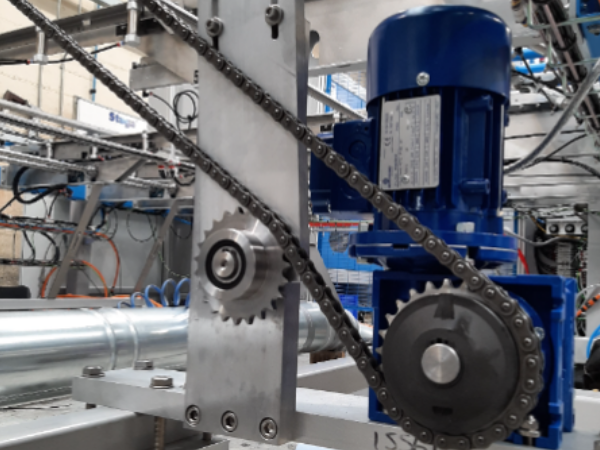How to set up the cranks mechanically so the correct overlaps and limits are achieved.
Auteur  Gareth Green | Dernière modification 16/12/2025 par Gareth Green en cours de rédaction ⧼frevu-button-review-label⧽
Gareth Green | Dernière modification 16/12/2025 par Gareth Green en cours de rédaction ⧼frevu-button-review-label⧽
Durée
30 minute(s) minute(s)
How to set up the cranks mechanically so the correct overlaps and limits are achieved.
Durée
30 minute(s) minute(s)
Confluence
ZX5_Transfer_Table_Crank_set_up_Capture7.PNG
Introduction
15/12/2025 Moved to Confluence
Click
here
Pièces et outils
[[Item:|]] A fatal error occurred in the #info parser function
en
none
0
Draft
Vous avez entré un nom de page invalide, avec un ou plusieurs caractères suivants :
< > @ ~ : * € £ ` + = / \ | [ ] { } ; ? #
Pas encore enregistré ? Créez un compte pour profiter de toutes les fonctionnalités du service !

 Français
Français English
English Deutsch
Deutsch Español
Español Italiano
Italiano Português
Português